Innovations in Packaging Technologies
Innovations in packaging technologies are playing a crucial role in shaping the Clay Desiccant Bag Market. Advances in materials science and packaging design have led to the development of more efficient and effective desiccant solutions. Manufacturers are now able to produce clay desiccant bags that not only absorb moisture but also offer enhanced durability and performance. This evolution in packaging technology is likely to attract new customers and expand market reach. Furthermore, the integration of smart packaging solutions, which can monitor humidity levels, may further drive the adoption of clay desiccant bags. As these innovations continue to emerge, the market is expected to experience a notable increase in demand.
Growth in E-commerce and Online Retail
The rapid expansion of e-commerce and online retail platforms is significantly influencing the Clay Desiccant Bag Market. As more businesses transition to online sales, the need for effective packaging solutions that ensure product integrity during shipping has become paramount. Clay desiccant bags are increasingly utilized in packaging to prevent moisture damage during transit, particularly for sensitive items such as electronics and perishables. Market analysis suggests that the e-commerce sector is expected to continue its upward trajectory, with an estimated growth rate of 10% annually. This growth presents a substantial opportunity for the clay desiccant bag market, as retailers prioritize moisture control in their logistics and supply chain operations.
Regulatory Compliance and Quality Standards
Stringent regulatory compliance and quality standards across various sectors are driving the Clay Desiccant Bag Market. Industries such as food and pharmaceuticals are subject to rigorous regulations regarding product safety and quality, necessitating the use of effective moisture control solutions. Clay desiccant bags are recognized for their ability to maintain product integrity by controlling humidity levels. As regulations become more stringent, companies are increasingly adopting clay desiccant bags to meet these standards. The market is likely to see a rise in demand as businesses prioritize compliance with safety regulations, which could lead to an estimated increase in market size by 7% over the next few years.
Increasing Awareness of Product Preservation
The growing awareness of the importance of product preservation is a significant driver for the Clay Desiccant Bag Market. Consumers and businesses alike are becoming more cognizant of how moisture can affect the quality and longevity of products. This heightened awareness is prompting manufacturers to invest in effective moisture control solutions, such as clay desiccant bags, to ensure product quality. Industries ranging from food to electronics are recognizing the value of maintaining optimal humidity levels to prevent spoilage and degradation. As consumer preferences shift towards quality assurance, the demand for clay desiccant bags is likely to rise, potentially leading to a market growth rate of around 6% in the coming years.
Rising Demand for Moisture Control Solutions
The increasing need for effective moisture control solutions across various industries is a primary driver for the Clay Desiccant Bag Market. Industries such as pharmaceuticals, electronics, and food packaging are particularly sensitive to humidity levels, which can adversely affect product quality. As a result, the demand for clay desiccant bags, known for their high moisture absorption capacity, is on the rise. According to recent data, the market for moisture control solutions is projected to grow at a compound annual growth rate of approximately 5% over the next few years. This trend indicates a robust market potential for clay desiccant bags, as manufacturers seek reliable methods to protect their products from moisture-related damage.


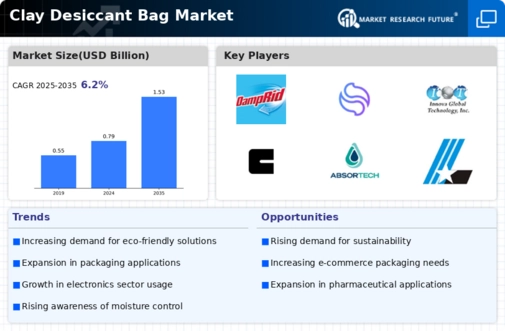



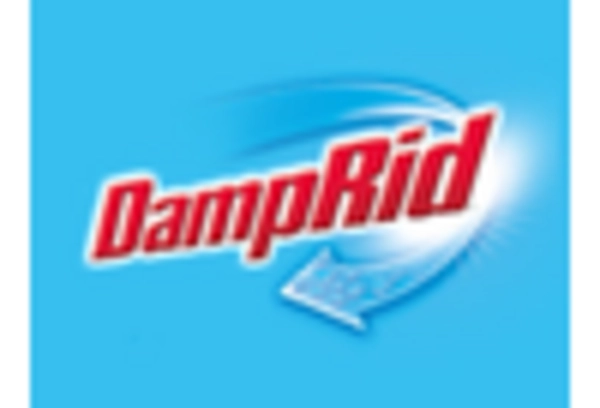
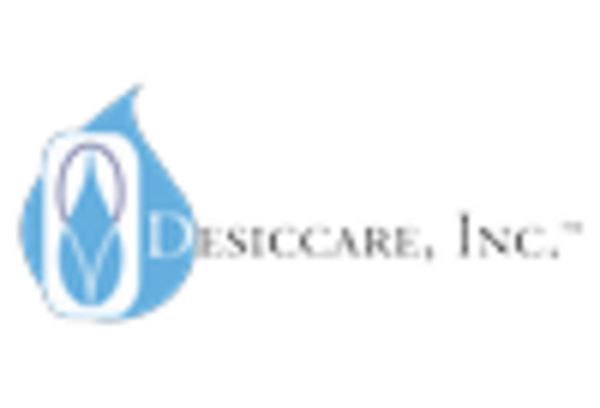
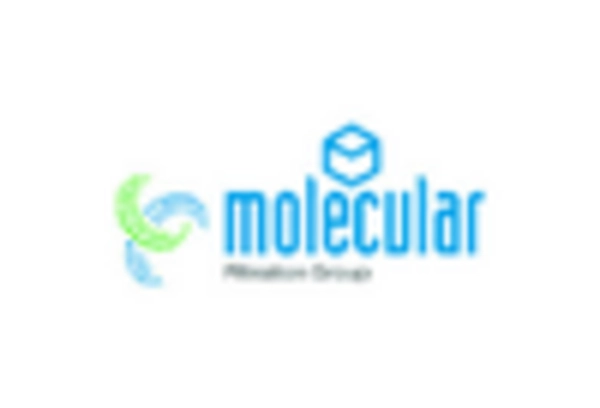
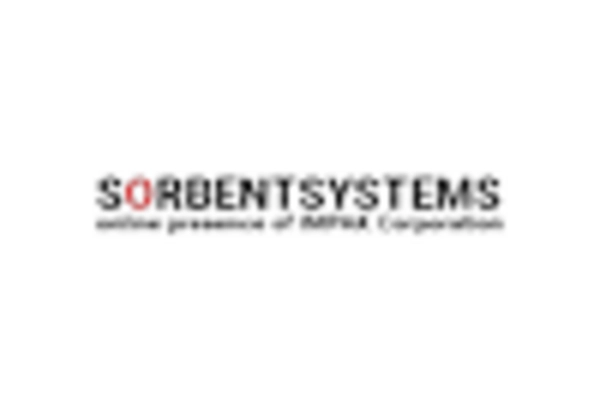








Leave a Comment